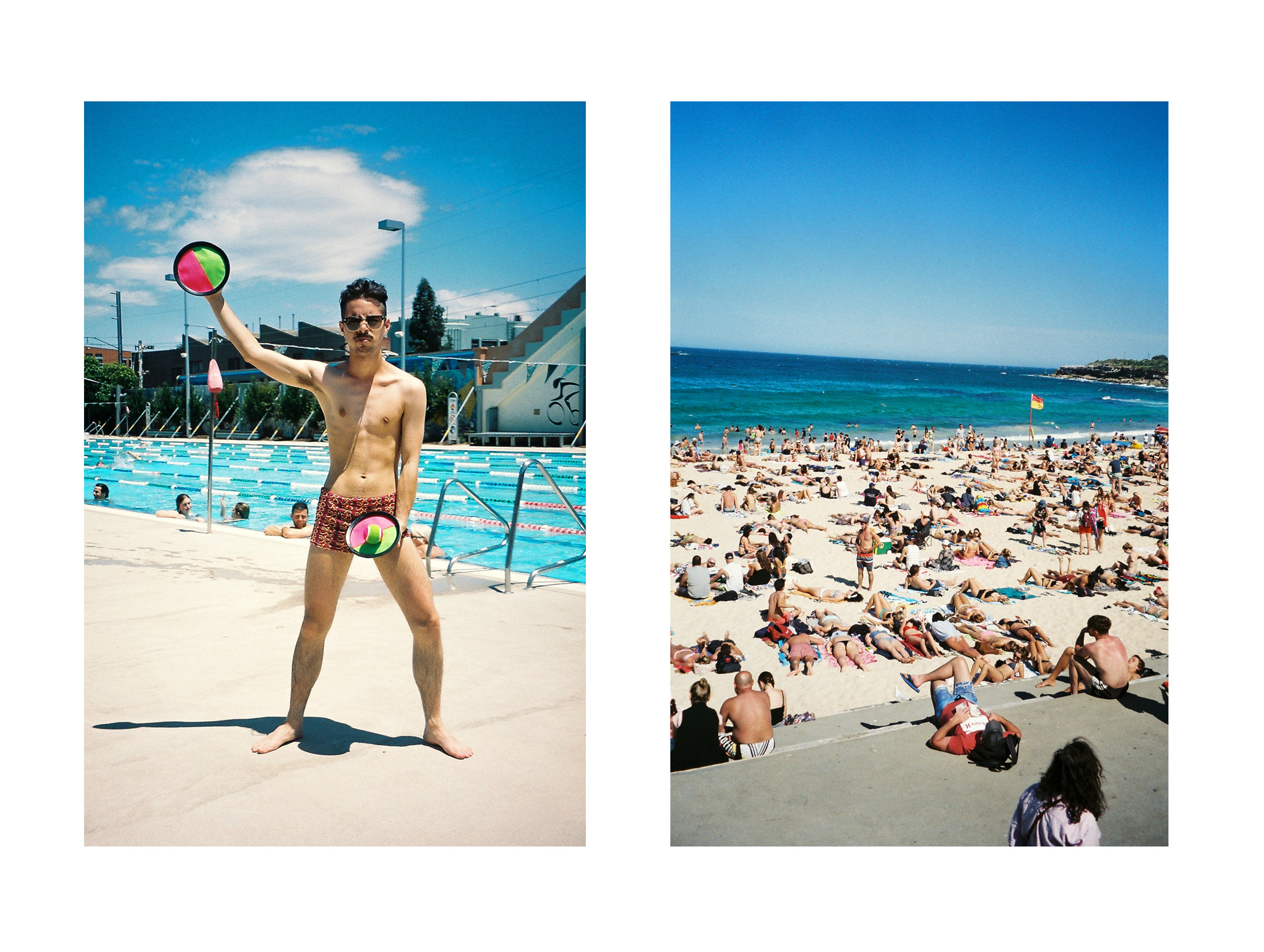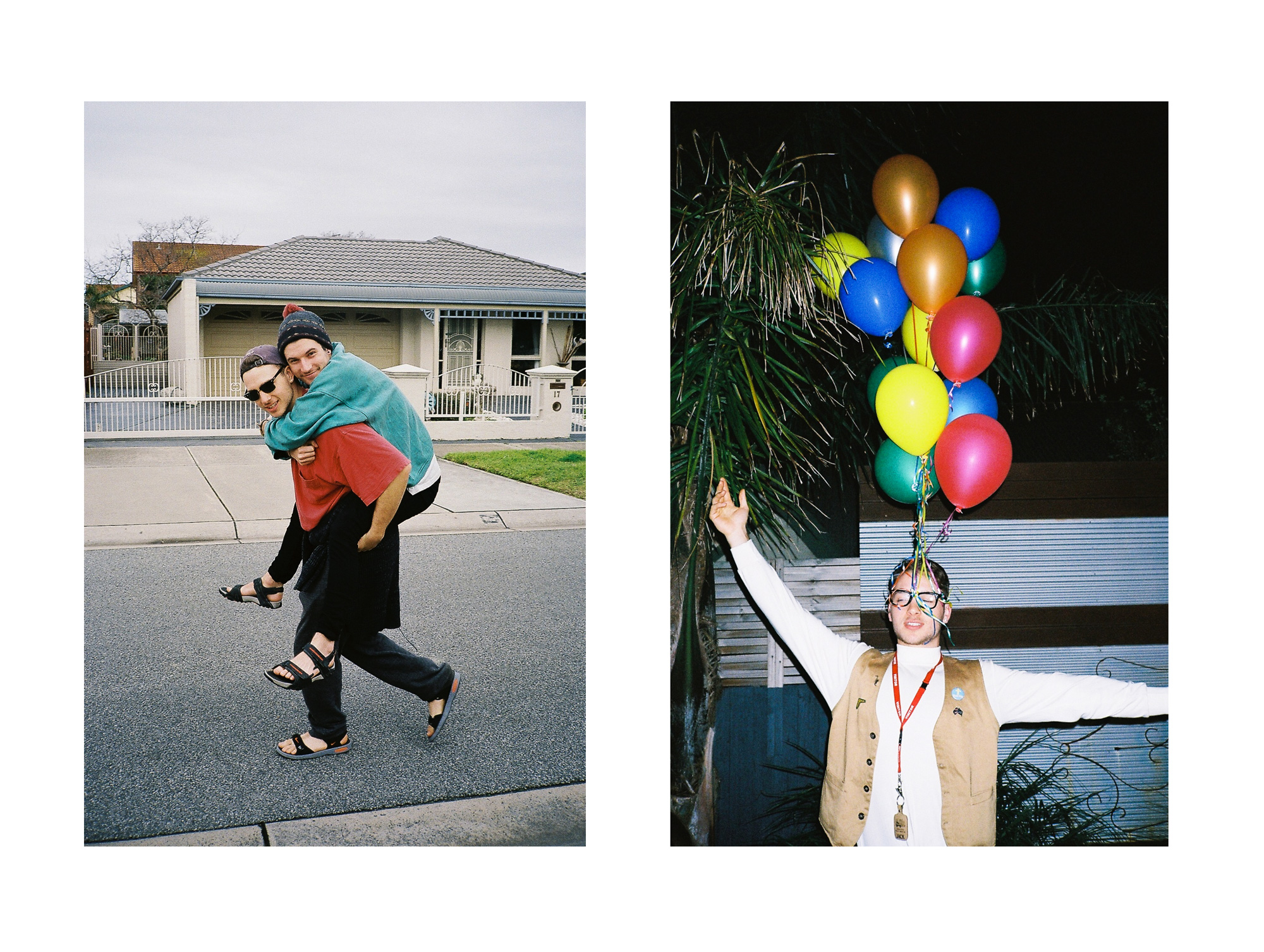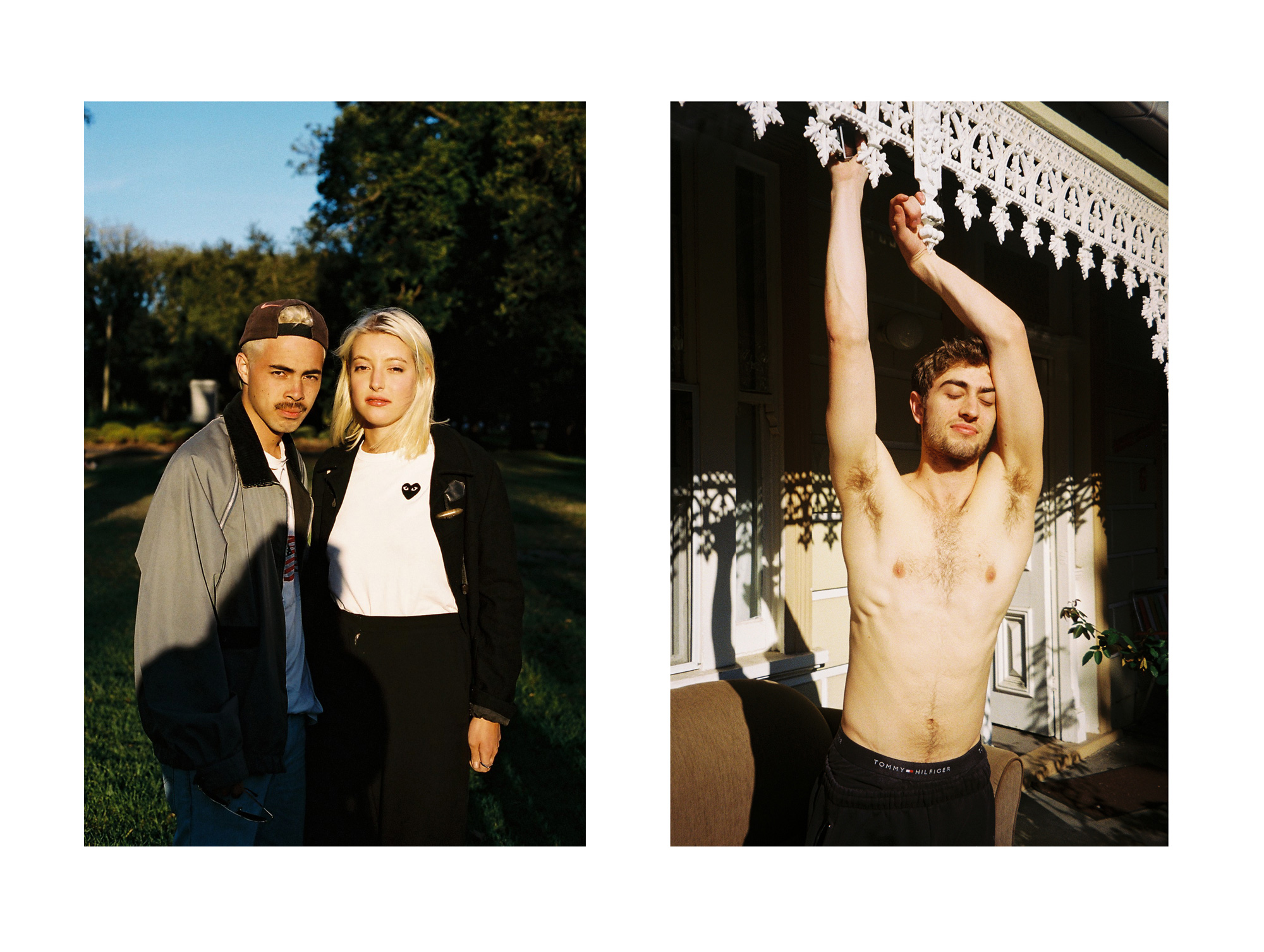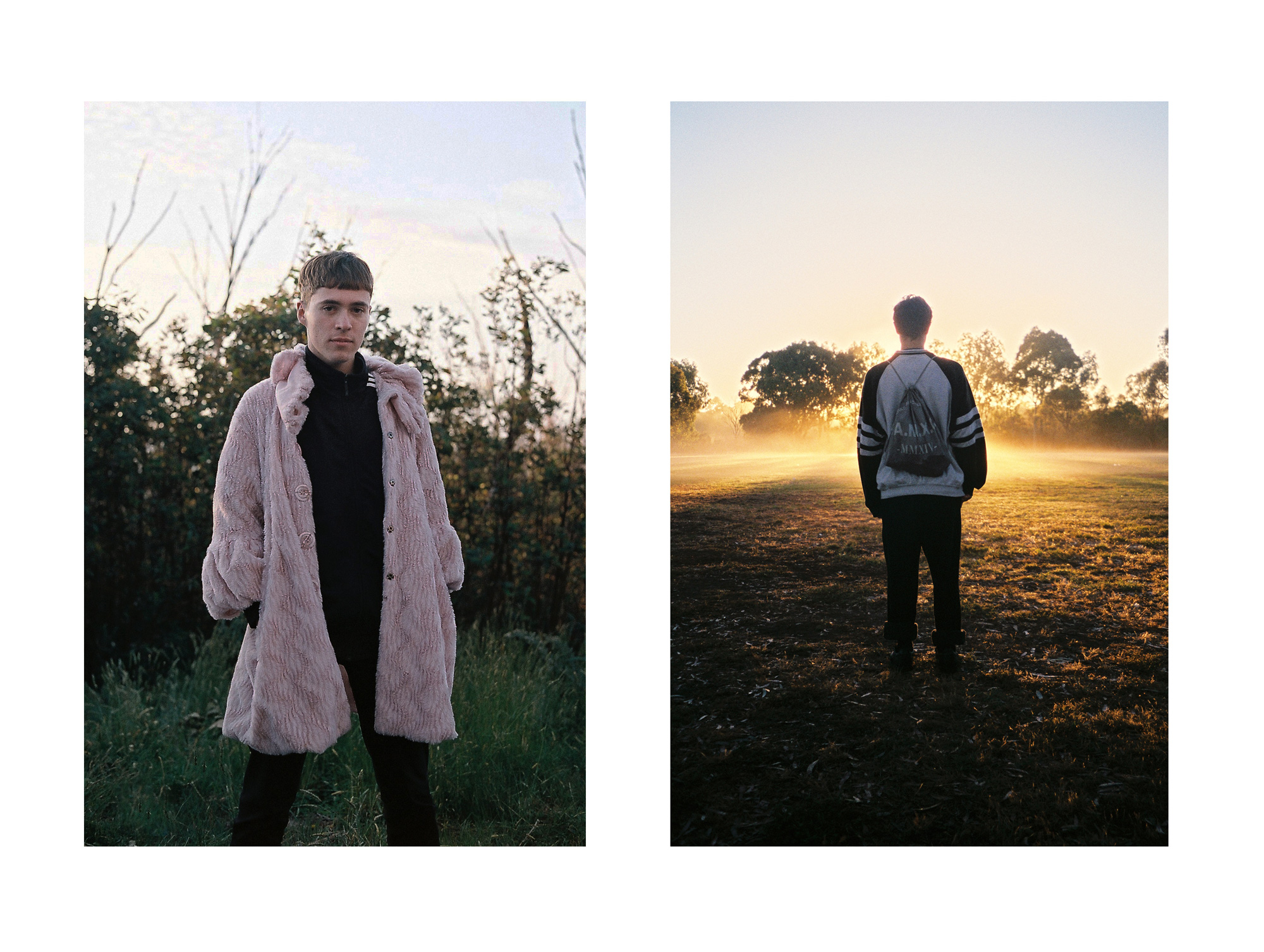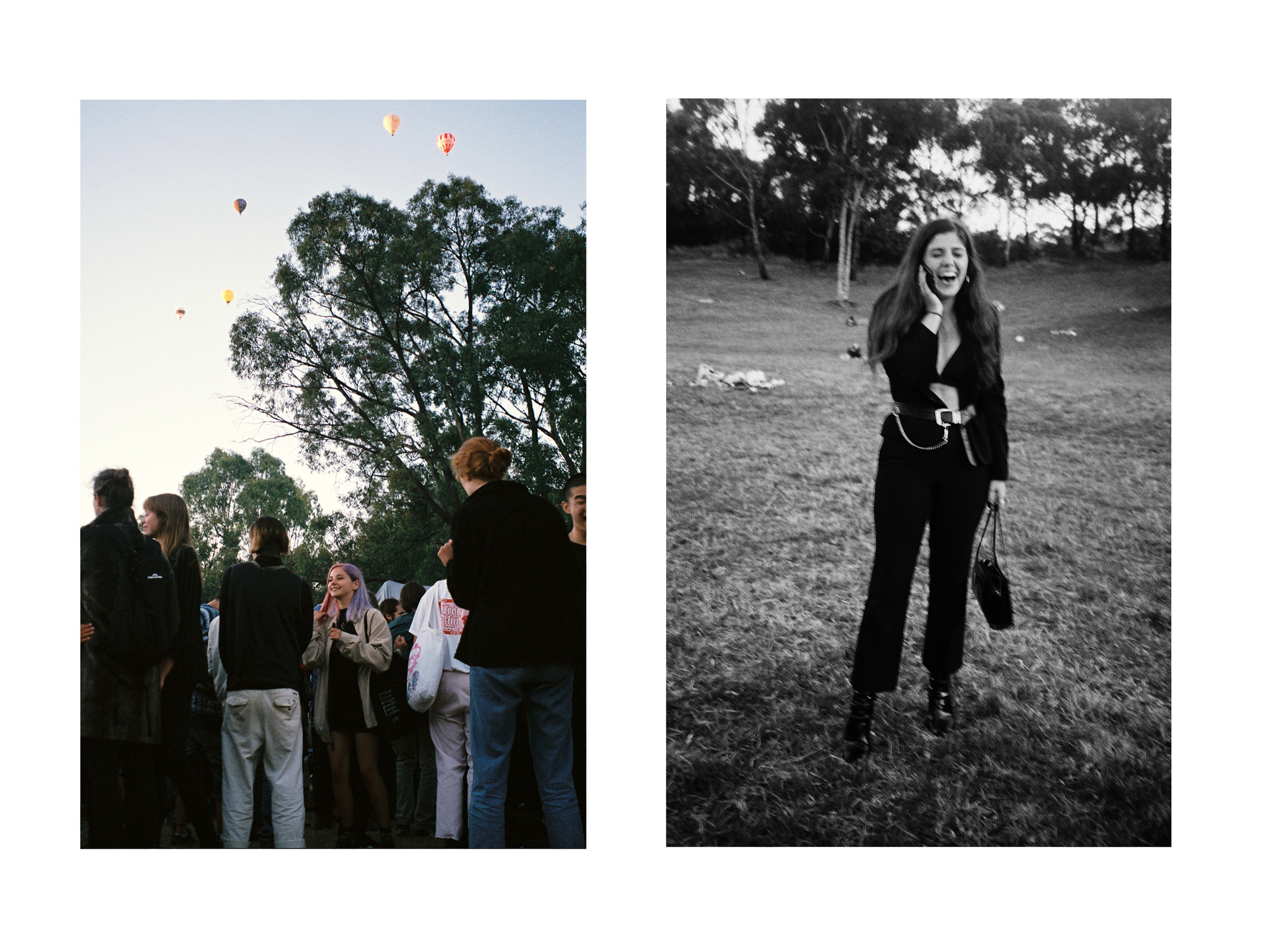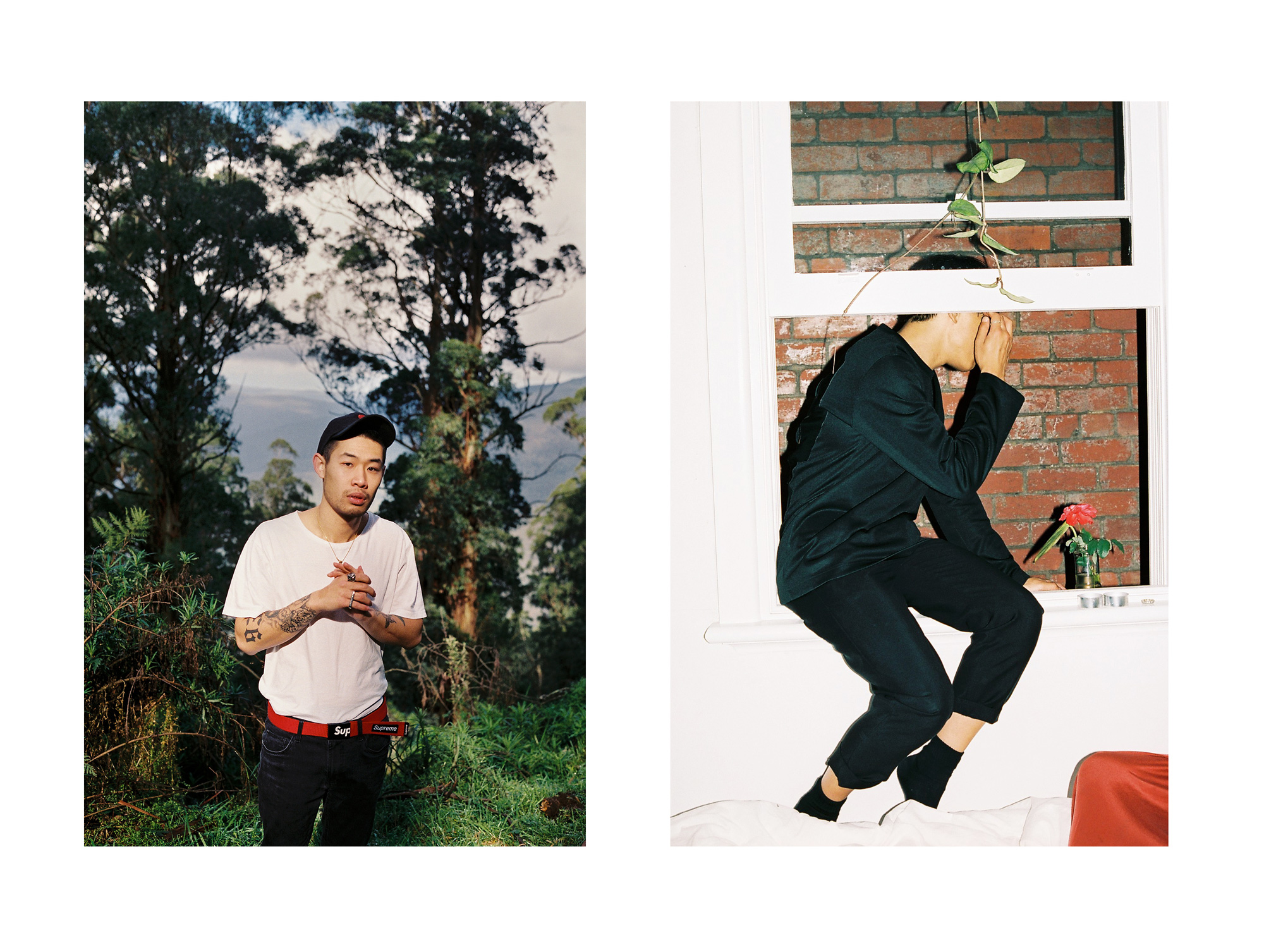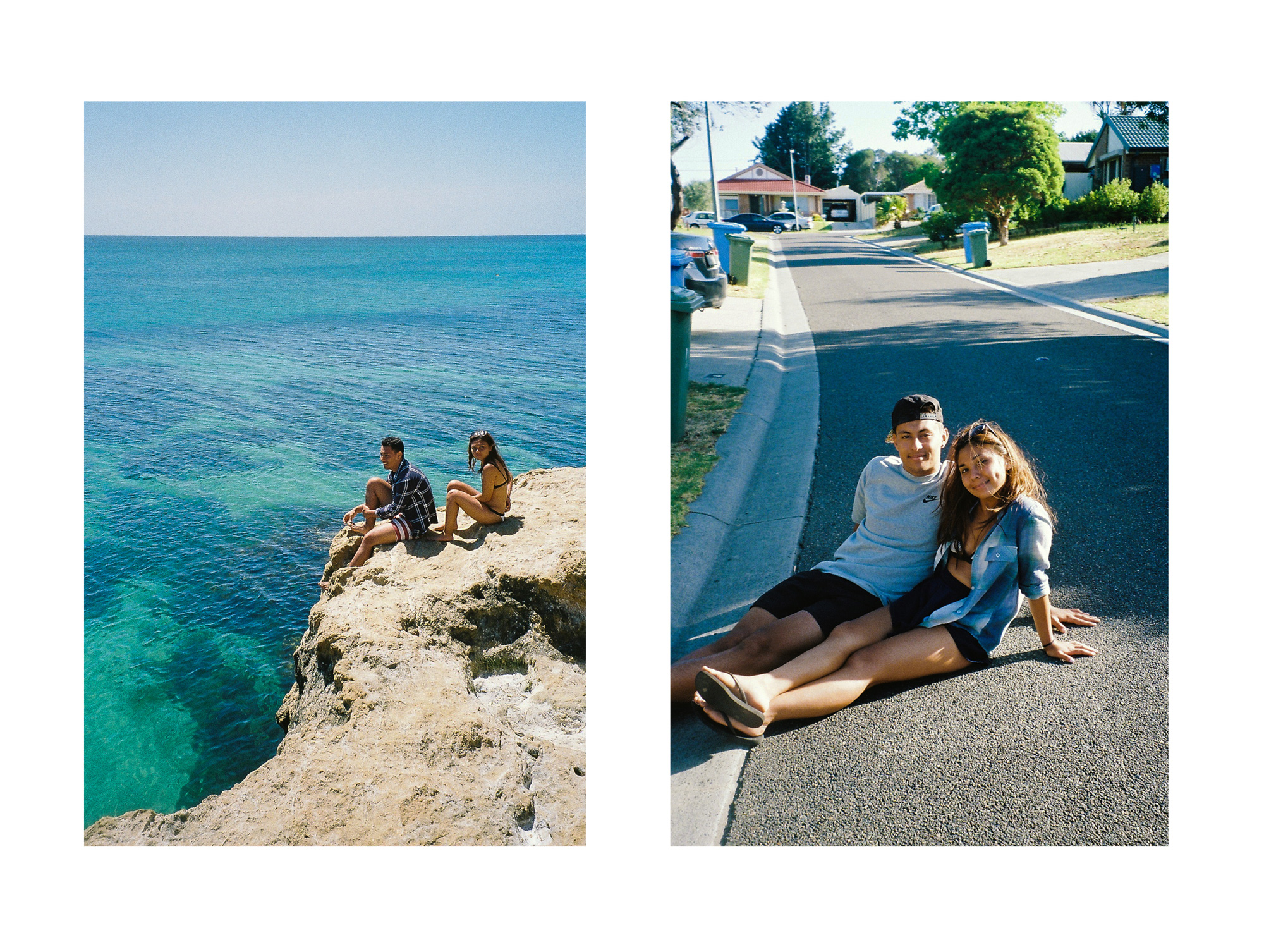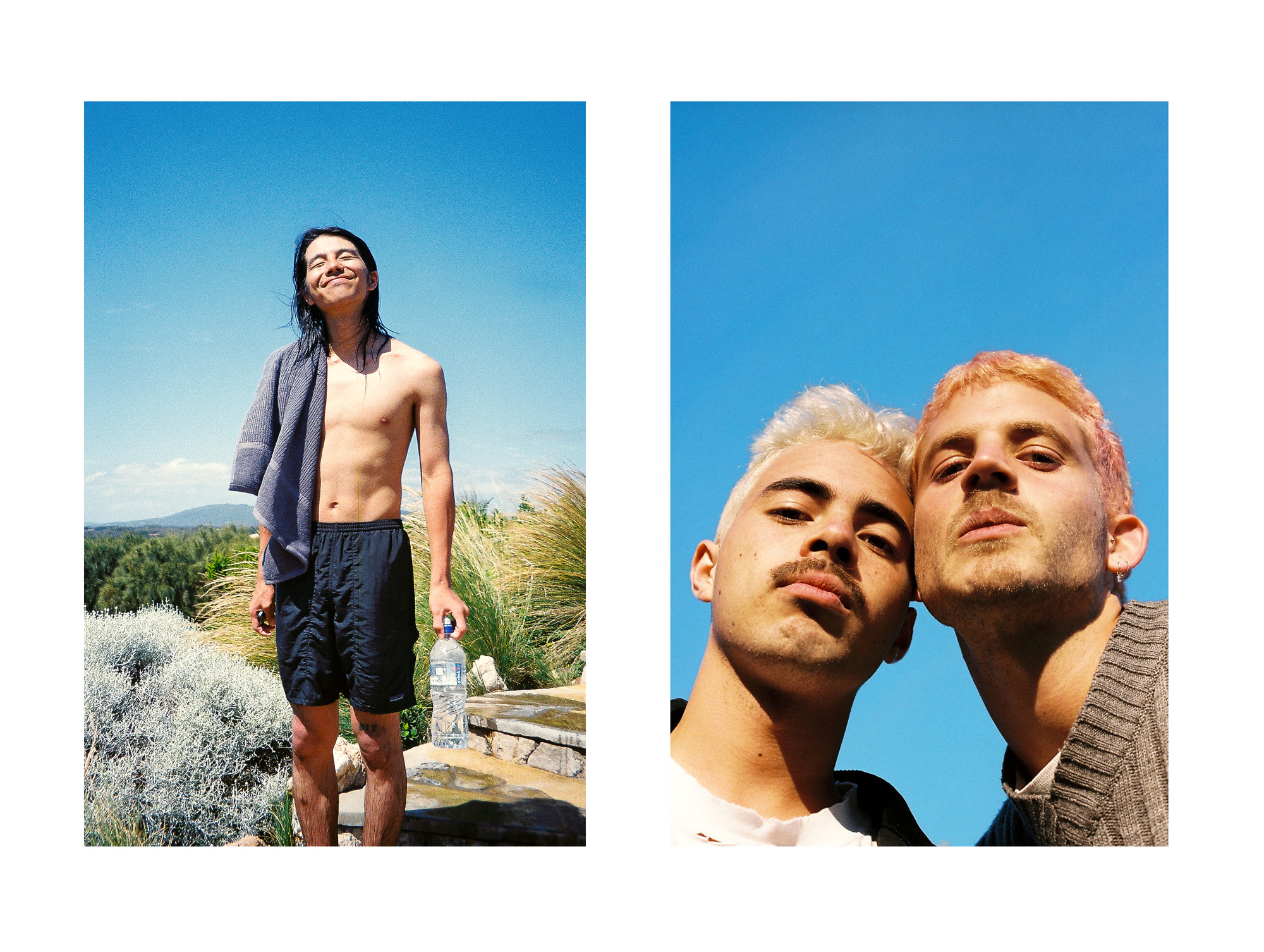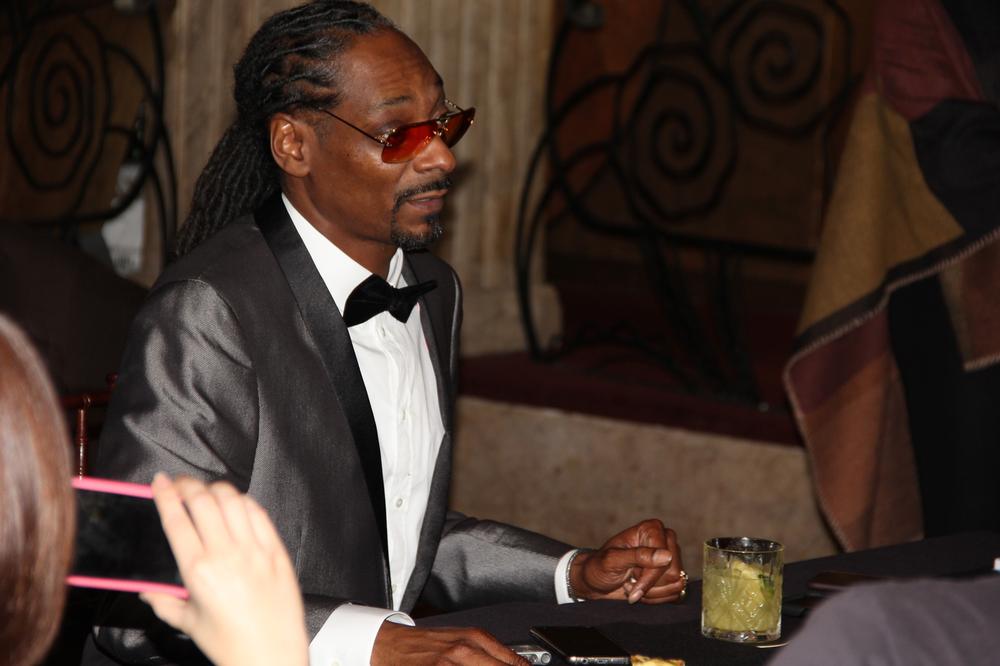Artikel ini pertama kali tayang di MUNCHIES.
Beberapa waktu lalu, tanpa sengaja saya bergabung dengan migrasi paling banyak melibatkan manusia sedunia. Saya membeli tiket kereta berbarengan dengan musim paling padat penumpang, di negara berpenduduk terbesar sedunia. Tiket itu terbeli karena saya terlalu abai melihat kalender. Sontak, saya terkejut melihat lautan manusia di salah satu stasiun Kota Shanghai yang menjadi lokasi transit kereta. Saya terpukau menyaksikan jutaan manusia tumpah ruah dalam satu tempat, masing-masing menjalani rute berbeda-beda.
Bayangkan saja ilustrasi kepadatannya seperti ini: seluruh populasi Amerika Serikat (sensus terakhir menyatakan jumlahnya 322 juta orang) memadati kereta selama satu bulan penuh. Inilah yang terjadi di Cina saban menjelang dan sesudah Imlek. Skala arus mudik di Tiongkok jauh lebih masif dibandingkan Indonesia.
Angka 332 juta orang itu baru penumpang kereta saja. Sebelum dan sesudah Imlek, diperkirakan 2,9 miliar orang pulang ke kampung halaman masing-masing di seantero Tiongkok. Jumlah itu bahkan melebihi angka penduduk resmi Cina yang kini mencapai 1 miliar lebih sedikit. Jumlah pemudik Imlek di Cina membengkak, karena para perantau di Malaysia, Singapura, hingga Taiwan turut pulang ke kampung halamannya. Perayaan Imlek yang biasanya berlangsung 15 hari itu semacam simbolisme, menandai kewajiban etnis Tionghoa di manapun agar kembali menemui keluarga; mempererat simpul yang kendor dengan tanah leluhur.

Mobil pick up penuh kotak oleh-oleh Imlek. Semua foto oleh penulis.
Ada satu pemeo Cina yang akan diucapkan banyak orang selama Imlek: ren shan ren hai. Artinya, "gunungan manusia, lautan manusia." Kalimat itu benar belaka saat saya menyaksikan kondisi Stasiun Hongqiao di Shanghai yang sepenuhnya berisi manusia berdesak-desakan.
Seumur hidup, saya belum pernah menyaksikan manusia berkumpul di satu tempat sebanyak itu. Semuanya membawa koper besar, kotak penuh makanan, dan barang bawaan lain. Kesan sumpek bertambah berkali-kali lipat. Kebanyakan orang membawa jeruk, buah yang menjadi simbol persatuan keluarga besar. Kue beras (yang sangat populer di wilayah selatan Cina) juga banyak dibawa sebagai buah tangan oleh para pemudik. Orang Cina menyebut kue beras sebagai nian gao. Makna harfiahnya adalah "semoga semakin bijaksana dan sejahtera di masa mendatang."
Walaupun berstatus warga AS peranakan Cina, semua pemandangan itu tetaplah membuat saya terbengong-bengong. Imlek yang dirayakan di Los Angeles dulu hanyalah makan malam bersama ayah dan ibu. Begitu saja sudah. Kami akan merebus sayuran, daging dan bakso ikan. Sesekali saya dan kakak akan memperoleh angpao dalam amplop merah, lalu menghabiskannya membeli jajanan. Tidak pernah, sekalipun, saya harus berdesak-desakan naik kendaraan umum menemui sanak famili. Keluarga Wei, marga ayah saya, tampaknya tidak segigih marga lainnya dalam urusan pulang kampung saat Imlek.

Kini, saya harus menjalani perayaan sebagaimana miliaran warga Cina lainnya. Selama satu minggu penuh, saya naik tiga kereta ke rute berbeda-beda, ditambah dua kali naik bus, demi menemui tiga keluarga berbeda-beda yang menggelar sajian pesta khusus menyambut Imlek.
Pesta terbesar tentu saja dihelat ketika Hari H Imlek. Untuk 2017, momen tahun baru Cina dirayakan pada 28 Januari, sesuai kalender bulan yang dimiliki orang Tionghoa. Persiapan memasak setiap keluarga biasanya dilakukan sejak seminggu sebelumnya. Dua hari menjelang hari H, saya berada di Kota Jinhua, Provinsi Zhejiang. Jaraknya 326 kilometer dari Shanghai.
Saya ditampung oleh keluarga Sherry Zen. Setibanya di rumah mereka, saya segera melihat satu ekor babi utuh sedang dipanggang. Usus babi berlumur saus kecap dijemur di teras rumah. Di sisi rumah yang berbeda, kulit ikan juga dijemur setelah digarami. Saya pun melihat satu ember kecil berisi dua ekor ikan yang masih hidup ada di pojokan. Saat merayakan Imlek, wajib hukumnya ada olahan ikan. Orang Cina menyebut ikan sebagai yu, yang sering digunakan dalam frasa nian you yu. Artinya "kemakmuran di tahun mendatang."
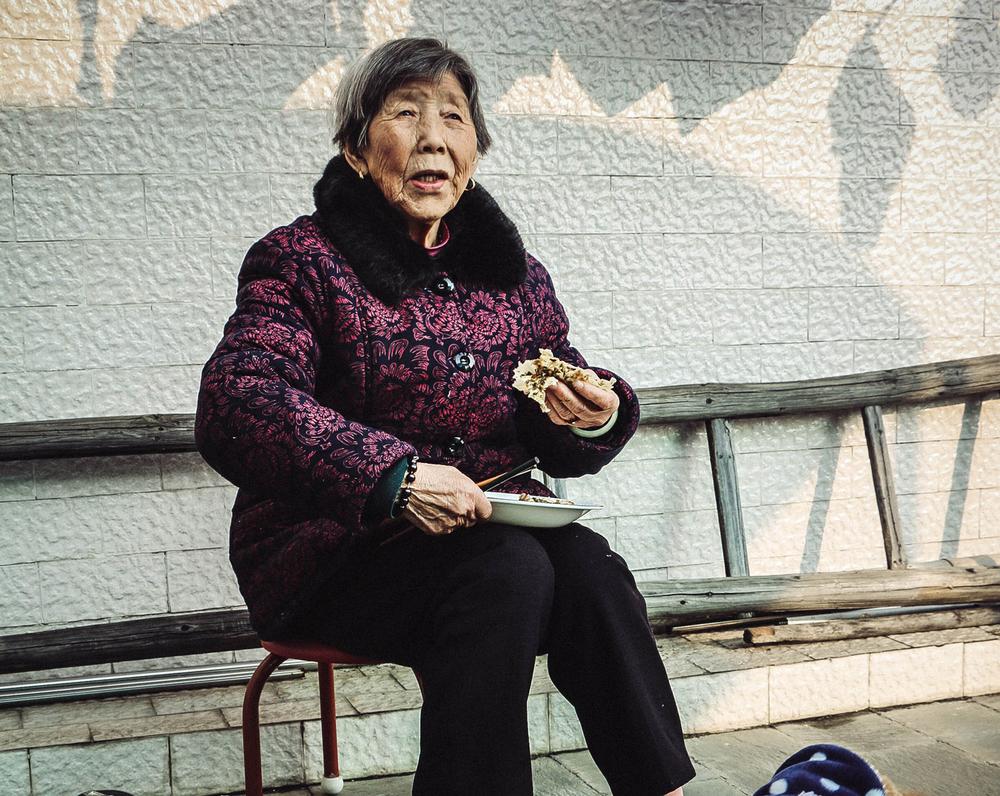
Di dalam dapur, bakso buatan sendiri sedang direbus dalam panci raksasa. Bakso itu dibikin oleh Paman Sherry. "Bakso sebaiknya tersedia di meja makan saat Imlek, karena bentuknya bulat. Kami menyebutnya yuan," kata Sherry. Pepatah Cina menyatakan tuan tuan yuan yuan. Maknanya adalah "persatuan seluruh anggota keluarga."
Liur saya menetes melihat semua makanan itu. Terbit pula rasa iri dalam hati. Keluarga orang tua saya tampaknya melupakan sama sekali tradisi ketika dulu memutuskan bermigrasi dari Taiwan menuju AS. Saya dan saudara kandung lainnya tidak ada yang mengetahui cara membuat sosis, wonton, atau proses mengeringkan usus babi. Di rumah keluarga Sherry, saya seperti diajari lagi cara menjadi orang Cina sejati.
Keluarga dari berbagai generasi lambat laun berdatangan tanpa henti ke rumah Sherry. Mulai dari kakek, nenek, paman, bibi, keponakan, sampai entah siapa lagi. Setiap tamu akan kami suguhi wonton dan pangsit. Ini praktik yang populer di kalangan warga selatan Cina. Semua tamu makan lahap. Ada kepercayaan, bahwa semakin banyak bersantap selama Imlek, maka rezeki kita tahun depan bakal bertambah. Nenek Sherry makan banyak sekali. Beberapa sanak famili memintanya berhenti mengunyah. Mereka khawatir perempuan 91 tahun itu jatuh sakit karena berlebihan menyantap panganan.
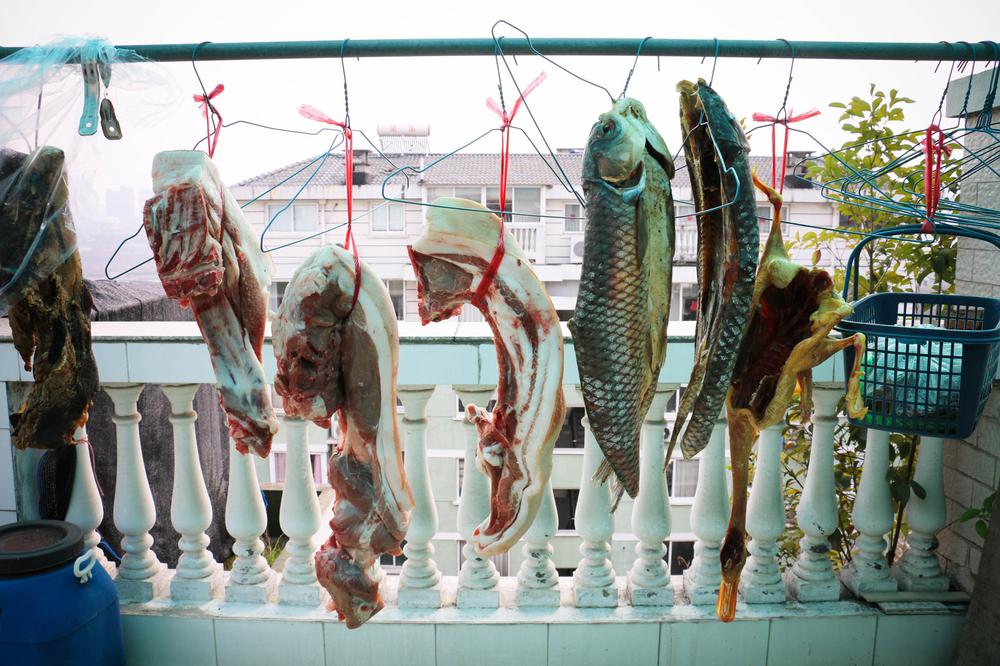
Keluarga yang menjadi tuan rumah tidak akan bekerja sendirian. Para tamu, termasuk paman atau bibi mereka, ikut mempersiapkan masakan. Paman Sherry turun tangan langsung membumbui dan membakar daging. Mereka bisa menjelaskan dari mana asal bahan baku seluruh masakan tersebut. Ada daging babi sumbagan rekan kerja, ada kue beras bikinan kota sebelah, serta sayuran yang ditanam di halaman belakang rumah. Pengetahuan soal sumber bahan baku ini penting dalam tradisi Cina.
Pada Hari H Imlek, saya telah berpindah kota lagi. Di puncak perayaan, saya berada di Kota Nanxun, semacam kota air kuno seperti Venezia yang memiliki banyak kanal. Saya datang ke sana diundang oleh keluarga Christine Liu. Mereka tidak keberatan orang asing seperti saya turut serta menyantap masakan dalam pesta Imlek keluarga.

Sajian di kediaman Liu gila-gilaan. Ada 15 jenis menu, diakhiri satu hot pot ukuran jumbo. Semuanya hasil olahan sendiri, tidak ada yang hasil membeli jadi di restoran. Setiap makanan yang disajikan juga punya simbolisme tertentu.
Contohnya, kukusan teratai yang dihiasi beras ketan. Sesuai pemeo klasik, ou duan si lian. Maknanya ikatan keluarga tidak akan berakhir walaupun raga terpisah berjauhan.
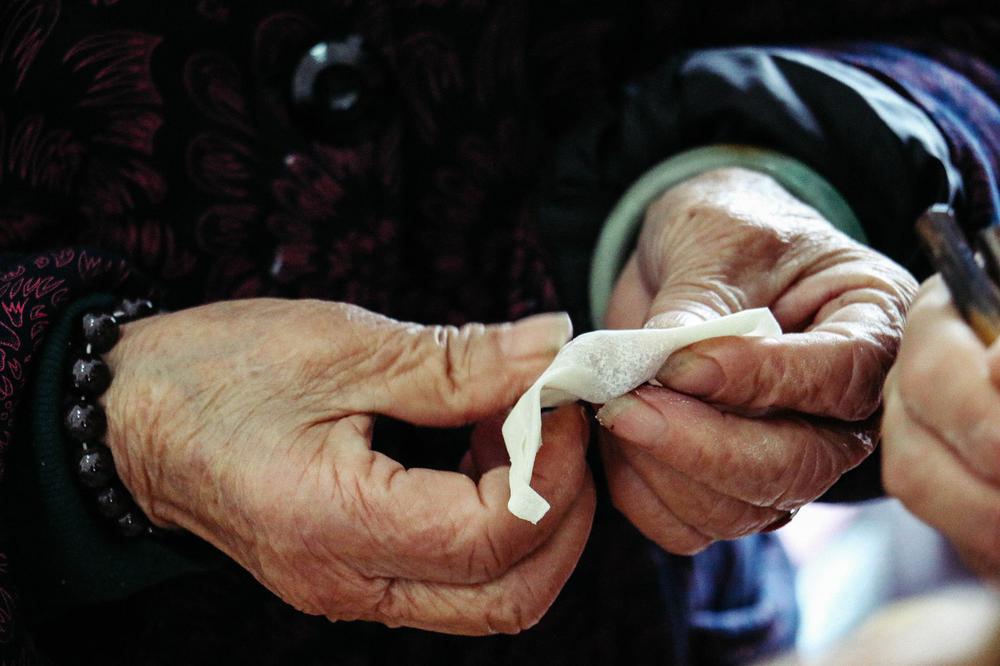
Sajian lain yang menyita perhatian saya adalah pangsit isi telur. Makanan ringan ini melambangkan emas dan harta dunia. Udang dimasak aneka rupa menghiasi meja makan, sebagai simbol tawa dan kebahagiaan. Makanan penutup di rumah Liu adalah beras padat (semacam tumpeng) yang disebut ba bao fan. Jika diterjemahkan, berarti "penuh". Nama ini melambangkan, lagi-lagi, pertalian keluarga yang diharap sanggup bertahan sepanjang masa. Kata ini menurut saya juga cocok menggambarkan kondisi perut selepas menyantap sajian sebanyak itu.
Sesudah makan enak, keluarga Liu asyik menonton siaran televisi CCTV, stasiun televisi milik pemerintah Cina yang ditonton sedikitnya 700 juta orang. Ini adalah saluran televisi paling banyak ditonton di seluruh dunia. Anda pikir siaran final Piala Champion sudah mencetak rekor? Jangan naif. Jumlah pemirsa televisi tentang liputan Tahun Baru Cina jauh melewati siaran Final Piala Dunia sepakbola sekalipun.

Kota air Nanxun
Di tengah malam Imlek, ketika berusaha tidur, saya tiga kali terbangun. Semua orang menyalakan petasan. Saya sempat mengira Kota Nanxun sedang dibombardir dari udara. Saat mengintip jendela, langit diwarnai kembang api.
Pada saat orang bersuka ria itulah, saya tiba-tiba kangen rumah di Los Angeles. Imlek di tanah leluhur memang membuka mata saya tentang banyak hal. Tapi bagaimanapun ini pertama kalinya saya berkunjung ke Cina. Saya belum pernah menikmati makanan penuh simbolisme semelimpah ini. Dari sisi makanan saja, terlalu banyak yang bisa ditulis. Merayakan imlek di Cina tentu saja mimpi basah para jurnalis kuliner.
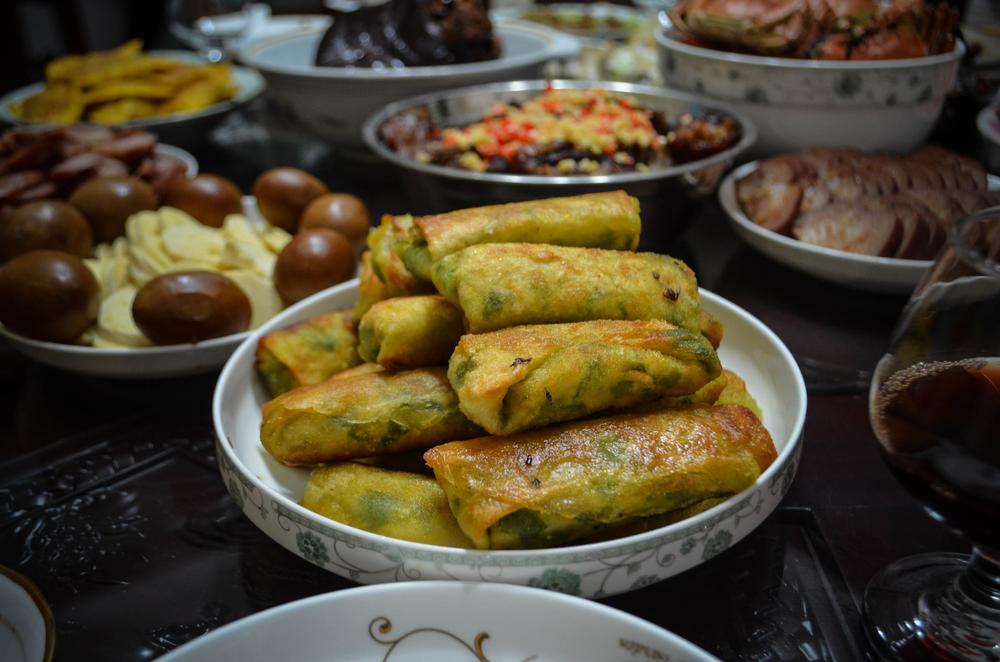
Masalahnya, perasaan saya tiba-tiba kosong. Saya rindu orang tua. Saya segera mengirim pesan pada mereka, mengucapkan selamat Imlek. Hanya sepersekian detik, ayah balas mengirim satu link. Ketika diklik, muncul gambar amplop merah berisi banyak uang.
Hanya melihat gambar itu saja, saya segera merasa bahagia. Jauh-jauh lebih berbahagia.
Saya tak lagi kesepian.
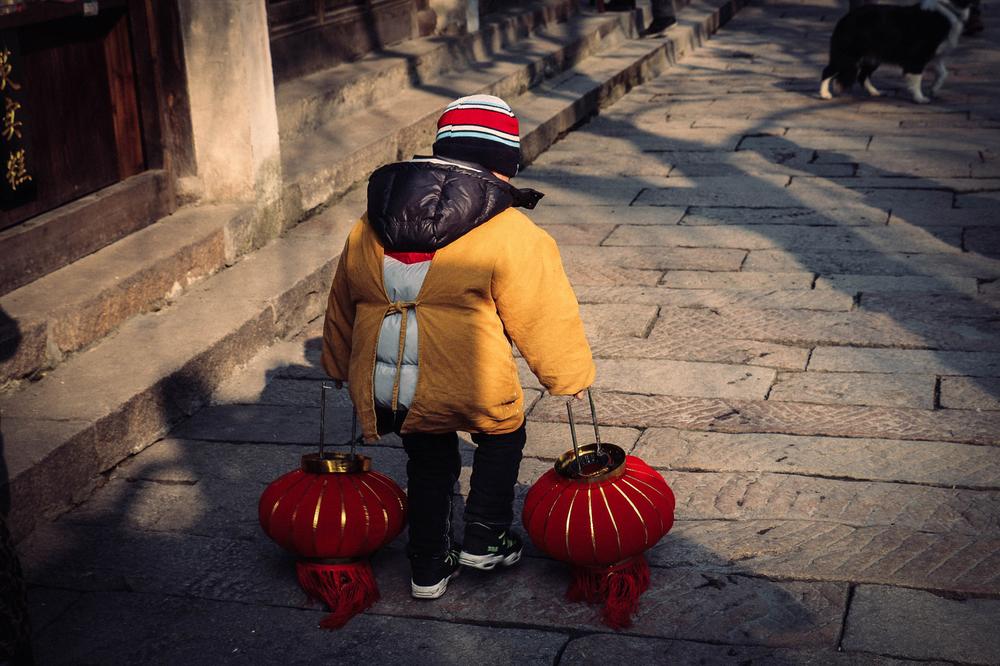
Ikuti petualangan Clarissa Wei mengunjungi berbagai provinsi seantero Cina di sini.


























